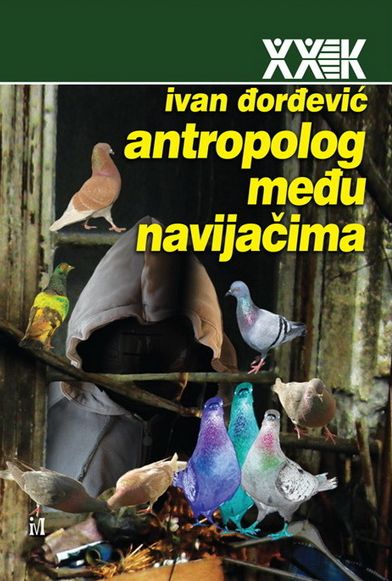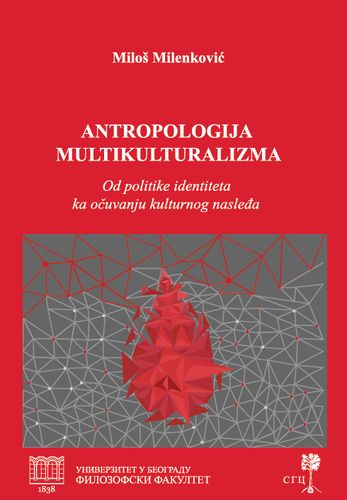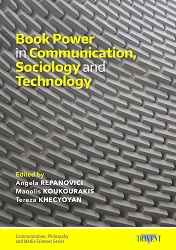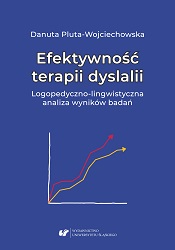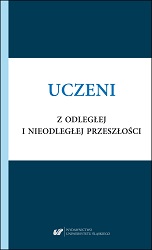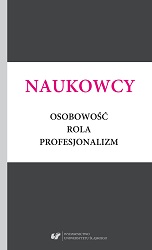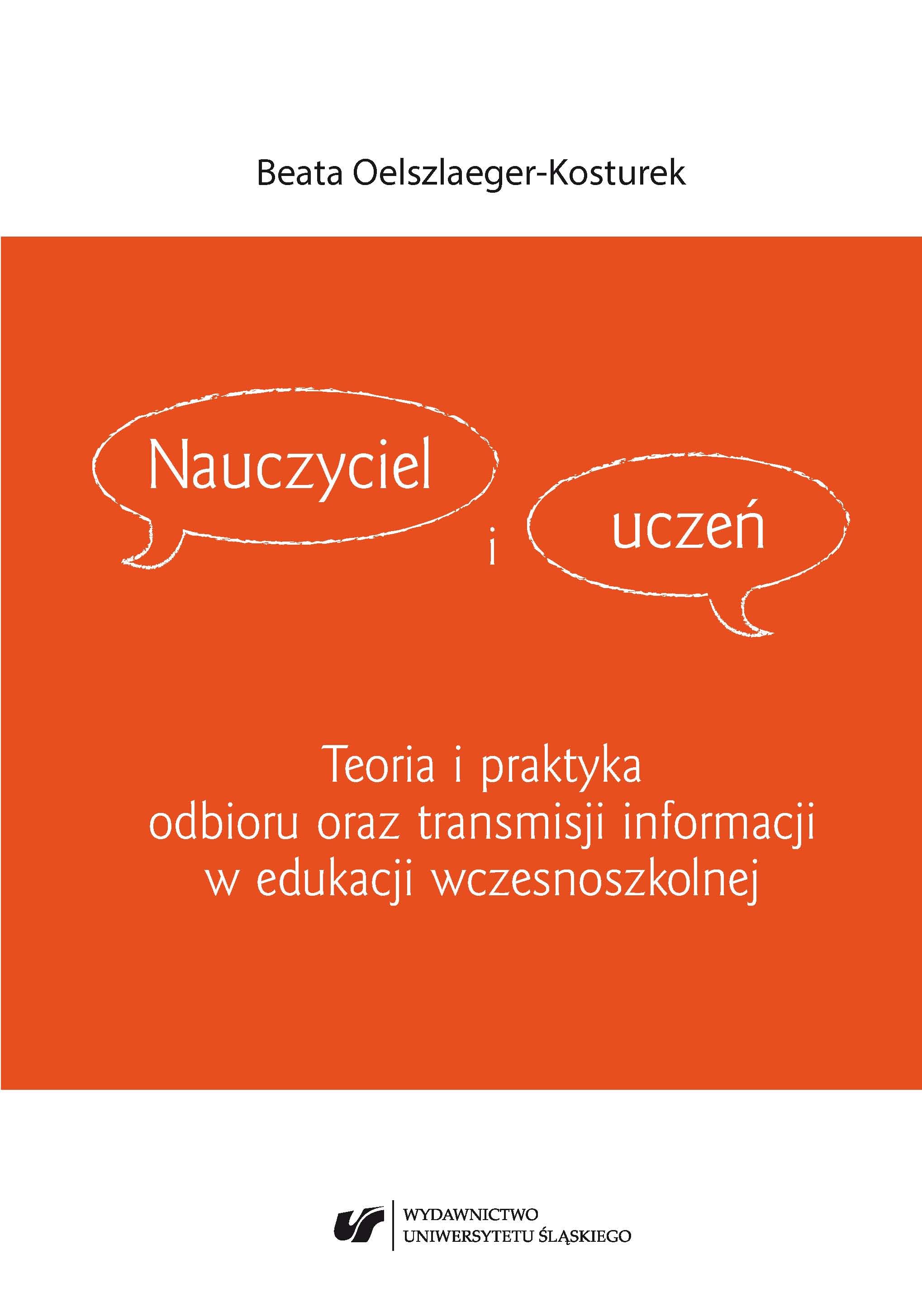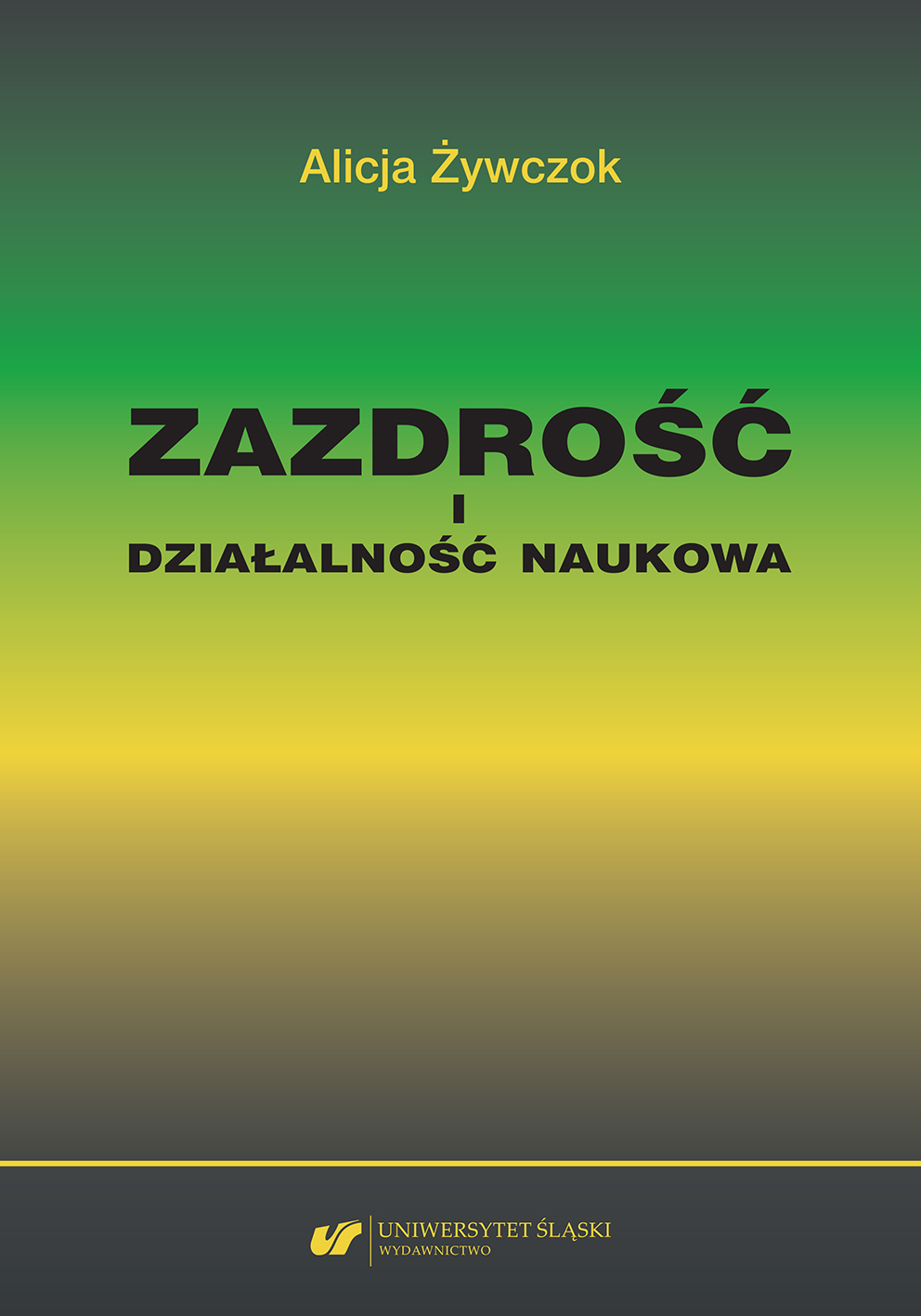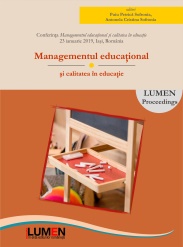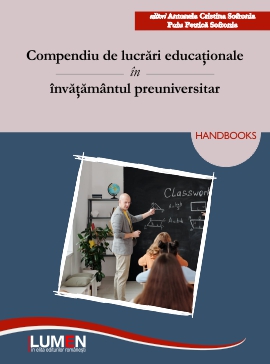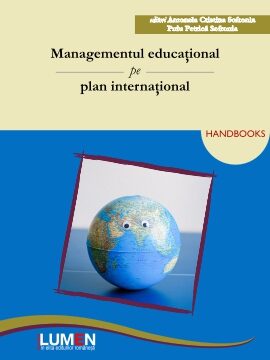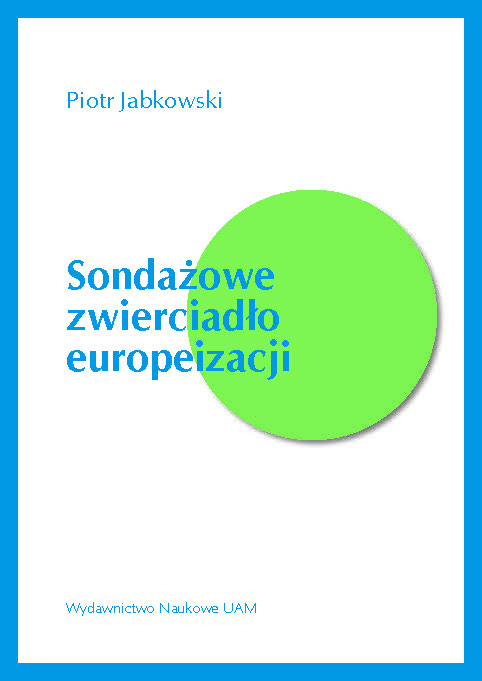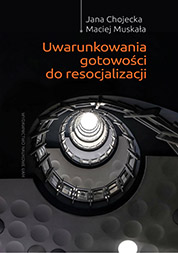Author(s): Danuta Pluta-Wojciechowska / Language(s): Polish
In terms of methodology, this monograph is based on the thesis claiming that speech therapy is a study of biological determinants of language and linguistic behaviours, which underpins contemporary speech-therapy research. This very publication provides the results of empirical research relating to diagnosis and therapy of speech disorders stemming from malfunction of peripheral factors – malformations of speech organs and/or impaired biological functions. The main subject of analyses is the efficiency of speech-therapy treatment provided to persons with impaired phoneme production – children, adolescents, and adults. As a source of those nonnormative sounds discussed herein I pinpoint biological factors, such as ankyloglossia, malocclusions, breathing difficulties and swallowing impairments, difficulties in biting and chewing, parafunctions, such as thumb or finger sucking. The efficiency of a particular speech therapy is assessed by utilizing the elaborated paradigm, also employing statistical tests, which meets the assumption of Evidence Based Practice. Therefore, research like these are unprecedented either in Polish or world speech-therapy studies. For the assessment of therapies, I developed the Strategic Method of Improving Phonemes Implementation (hereinafter referred to as SMIPI, Polish Strategiczna metoda usprawniania realizacji fonemów,) of my own authorship. Some threads of my study occasionally refer to previously elaborated methods of treating speech impediments, yet I challenge or discard quite a few of them as methodologically invalid, for instance, exercising the tongue outside the oral cavity, tensioning the tip of the tongue. The monograph opens with a chapter placing speech therapy – metaphorically – between linguistics and medicine, which pertains to a place of the discipline on the epistemological plane. In the chapter I present analyses relating to particular cognitive background of speech therapy and its place amongst other disciplines. My considerations underscore the originality of speechtherapy approach – considered against the background of other scientific fields – in case of impediments in producing peripherally-determined phonemes. In Chapter 2 of the monograph I investigate issues of diagnosis and treatment of phoneme production disorders as speech-therapy procedures. The chapter commences enumeration of assumptions embedding the subsequent comments. Assuming a number of notions fundamental for both linguistics and speech therapy imposes some order on thinking and allows the Readers to notice the broader context behind the topic this treatise is concerned with. Consecutive parts of Chapter 2 deal with the significance of diagnosis in its heuristic dimension for designing and carrying out treatment. I assume that what ought to result from the examination process of a given speech impediment’s symptom along with its aetiology, is not solely establishing the name of a given nosological unit relating to the diagnosed condition, but also preparing a kind of diagnostic narrative depicting mechanism behind occurrence of speech impediments, however, within the confines of up-to-date knowledge (thus, I do not discard the event that contemporary speech therapy is oblivious to some causes of speech disorders, which results from the scope of human knowledge coming from various disciplines dealing with speech, e.g. medicine). The mode of operation defined in such a way enables us to reconstruct the development of speech disorder. In the discussed chapter I also comment upon early and contemporary approaches to treatment of phoneme production disorders. Having paid a necessary homage to the work of past researchers, I undertake analyses that show both advantages and deficits characterising hitherto used methods of treatment, also in the context of the most recent studies of phoneme production disorders. Chapter 3 is focused on methodology of research, including problems, hypotheses and methods of studies, accepted terms and assumptions, ordering the research process; therein I also discuss the limits of research carried out. The major study problem is assessing the efficiency of speech therapy with the usage of previously mentioned SMIPI method.. Among the most important research methods the following can be counted: analytical-phonetic method of speech evaluation, anatomical-functional method of assessing speech organs (anatomical structure of speech organs, the respiratory, swallowing, and chewing processes), interview, an experimental study consisting in carrying out speech therapy (based on SMIPI, and akin to it – FTM, Polish fizjologiczna terapia miofunkcjonalna ‘physiological myofunctional therapy’) encompassing 69 subject, 3 to 40 years of age (they were divided into three age groups), and finally, analysing the research results and establishing statistical correlation. In turn, Chapter 4 of the monograph gives the account of research results referring to efficiency of utilizing SMIPI method and provides analyses of the studied facets of therapeutic efficiency: the pace of improvements taking place that regard primary functions (e.g. initiating vertical-horizontal tongue position, initiating tongue resting posture, initiating proper swallowing), the rate of uttering/emitting the initial sound, the pace of transformations occurring within the patients’ phonetic system. This part of the monograph also contains some linguistic and speech-therapy analyses pertaining to important, from the vantage point of designing and carrying out therapy, aspects of undertaken actions, such as sequencing of speech-sounds disorders therapy and methods of prompting speech sounds. I also discuss the “domino effect” and selfregulation phenomenon it involves. In my analyses of SMIPI method’s efficiency, I devise the general approach (relating to the results of therapy distinguished for the age group of patients) as well as individual one (relating to therapy efficiency in case of a particular patient). The research results indicate that SMIPI is an efficient treatment method, however, its efficiency varies dependent on age group. In the aspect of normalizing primary abilities, the rate of attaining desired changes is greater in persons 15 to 40 years of age than in children 3 to 6 years of age. The research results show, in turn, that the latter group displays the greatest improvements in terms of phonetic changes. The chapter that follows is a summarizing one, and it distinguishes the crucial research results from the analyses undertaken along with proposals of future necessary analyses and empirical procedures pertaining to upcoming scientific problems. In this part, I additionally address so-called wizardry and tricks used while eliciting sounds, the issue of so-called therapeutic methods universality, and I also present SMIPI against the backdrop of different ways of speech-therapy interventions. Finally, I account for the possibility to alter or modify the mode of proceeding I propose.
More...
